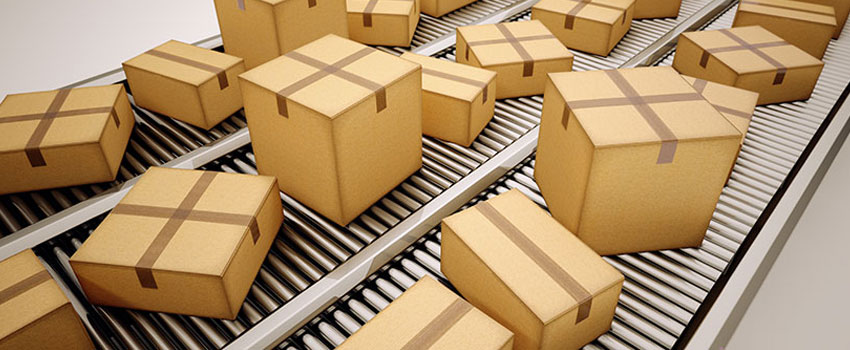Recycle Packaging Materials – It is becoming increasingly imperative for companies to include environmentally conscious practices into their business model. A consumer’s choice of product may come all the way all the way right down to its perceived environmental impact which begins with packaging. However, there are often unforeseen difficulties when it involves recycling packaging materials. Packaging, especially in food products, is critical for safety purposes, but to ignore the selection for environmental sustainability means to lose business.
Challenges of Recycling Packaging Materials
Between 25 and 33% of all domestic waste is packaging. Packaged food is gaining popularity so as that number is probably visiting extend. One amongst the foremost important difficulties facing the recycling of packaging materials is contamination. Paper or plastic products that will otherwise be recyclable become contaminated by food (i.e. pizza boxes) and aren’t any further recyclable. Many consumers see that something comes in recyclable packaging and don’t consider contamination. In such cases, it’s more practical to use biodegradable materials.
Many are under the impression that if a cloth is recyclable, any product of the identical material is recyclable. This is often untrue. While plastic is recyclable, black plastic isn’t accepted into most recycling facilities. Black plastic doesn’t reflect light which is how optical scanners identify styles of plastic. Glass is one amongst the foremost highly recyclable materials, but color or gradient glass can’t be recycled. Once glass has been coloured it’s contaminated and can’t be mixed with clear glass.
Multi-layered In Recycle Packaging Materials
Multi-layered packaging materials are another problem within the world of recycling, Products like chip bags and juice cartons use layers of assorted materials, like foil and plastic, which can’t be separated and thus can’t be recycled. Unfortunately, this is often potentially the foremost important problem with recycle packaging materials and there’s no easy solution. for a few products there’s not any effective alternative. Until technology develops that may separate these materials, the sole solution could even be consumer education.
Recycling Stats
According to a study in 2015, 87 million plenty of the 251 million plenty of trash generated were recycled or composted, which might be a 34.5% overall recycling rate. Americans recycled 32% of post-consumer plastic bottles and 34% of glass containers. When it involves glass containers, however, those numbers can have lots of variation. Reckoning on a state’s container deposit laws, that number can go from 63% to 24%. Recycling glass is especially economic, as 80% of recycled glass are often remitted and repurposed. The foremost recycled materials in America are aluminium and metal cans, with a recycling rate of 67% for aluminium cans and 71% for steel cans. Since 2005, there has been a 74% increase within the amount of post-consumer film that has been recovered for recycling. The recycling structure for flexible packaging materials remains in its infancy, but a bunch of stakeholders is studying recovery solutions to assist divert films, pouches, and bags from the landfills. in line with a handout announcement, “This effort represents a primary step in what’s happening to be a series of projects aimed toward creating a mainstream recovery solution for flexible packaging.” Though recycling faces a myriad of challenges, it appears the trend is gaining momentum and also the practice is being perfected.
Can Bubble Wrap Envelopes be recycled?
Bubble wrap envelopes cannot be recycled. Bubble envelopes are made of a mix of polythene and paper, with cushioning air bubbles inside and a paper outer with soft surface that may easily be written on. Due to the 2 different materials that they’re made of, bubble envelopes can’t be recycled whole and might need to be separated.
Can you recycle packing paper?
You can recycle paper packaging, it’s one amongst our favourite protective materials. It’s lightweight, easy to store and may be used for all manner of packaging applications, for packing, wrapping, protecting or presenting. It’s great for the environment too, with all paper packaging being fully recyclable. From strong and resilient kraft for packing and protecting items, crinkle cut shredded paper for soft cushioning and presentation, through to soft tissue for wrapping delicate and fragile items, there’s an appropriate form of paper for nearly any packaging need. Paper packaging is recyclable as a cloth, and kerbside collections of paper are widely administrated by local authorities making it easy for consumers to recycle. Therefore around 80% of paper is recycled within the UK. Paper packaging includes cardboard, moulded pulp, paper, tissue, white news offcuts, paper, etc.
Some plastics are recyclable. this relies on the kind of plastic. and also, the way cleans it’s. And whether your authority can actually find someone to recycle it. Plastic water bottles have the foremost effective recycling rate because they’re clean, and often made of clear plastic (PTFE). Biodegradable and compostable plastics cannot be recycled. A greener holiday — and beyond. A little planning, preparation, and education can help us all create a more sustainable season. Together, we are able to create a positive impact by making the planet work better and conserving the planet’s resources.









